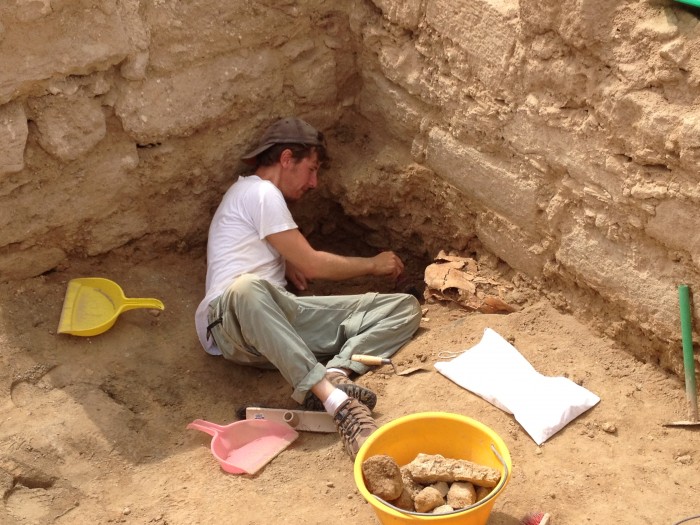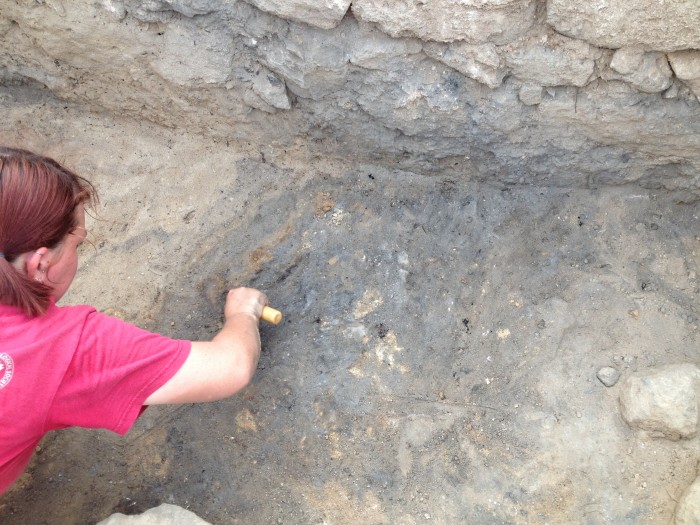Anthropology includes four broad fields: archaeology, cultural anthropology, linguistic anthropology, and physical (biological) anthropology.
At UA Little Rock, our anthropology students get hands-on learning in real archaeology projects which enhances their educational experience. Many students will graduate and pursue jobs in archaeology or go to graduate school to further study archaeology.
Recently, our students have done excavation, survey, and experimental archaeology in Arkansas and excavations at a UNESCO World Heritage site in Oman on the Indian Ocean coast.
What is Archaeology?
Archaeology is one of the four subfields of anthropology. Archaeologists study what we call material culture – all the stuff that people make and use – to learn about past human cultures and societies.
In the U.S., archaeology is almost always found in anthropology programs. Most archaeologists start out by getting an undergraduate degree in anthropology. There are jobs available in archaeology with only an undergraduate degree, although many people who are serious about archaeology as a career will go on to get a M.A. or Ph.D. degree.
How to get Started as an Archaeologist
Once you enroll in the anthropology program at UA Little Rock, our advisors will work with you to create an informal emphasis in archaeology if that is your main interest. We are also happy to talk to you before you declare the major or before you apply to UA Little Rock to see if anthropology and archaeology are the right fit for your talents and interests.
Field Experience
In addition to our two “gateway” courses, ANTH3313 Archaeology and ANTH3320 Buried Cities, Ancient Lives, we also offer a variety of upper level courses and fieldwork opportunities that allow you to really get your hands dirty “doing” archaeology.
Take ANTH3313 and/or ANTH3320 first, and as soon as possible get signed up for an archaeological field school or participate in the Arkansas Archaeological Society’s Annual Summer Training Program. Classes with hands-on archaeological training include ANTH4487 Archaeological Investigation, ANTH4600 Archaeological Field Research, or a spring break dig.
We offer a variety of special topics courses such as Experimental Archaeology, Arabian Archaeology, Bioarchaeology, and Caravans, Suqs and Ports: Archaeology of Trade in the Ancient Near East. Your advisor can also recommend courses outside of anthropology that complement your study of archaeology.
For more information about archaeology and anthropology at UA Little Rock, contact Dr. Kathryn King at kaking@ualr.edu.

